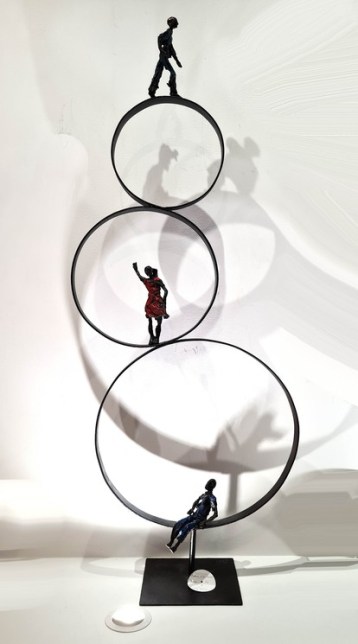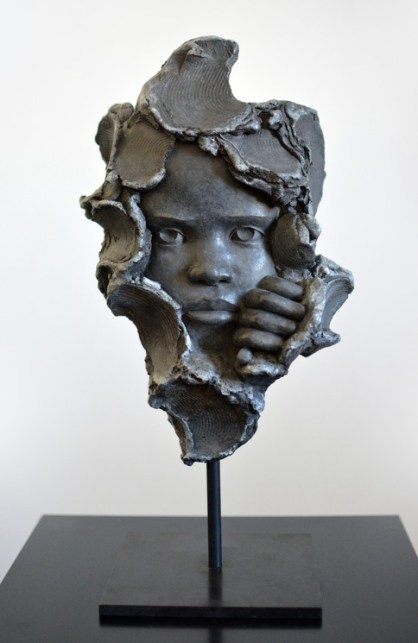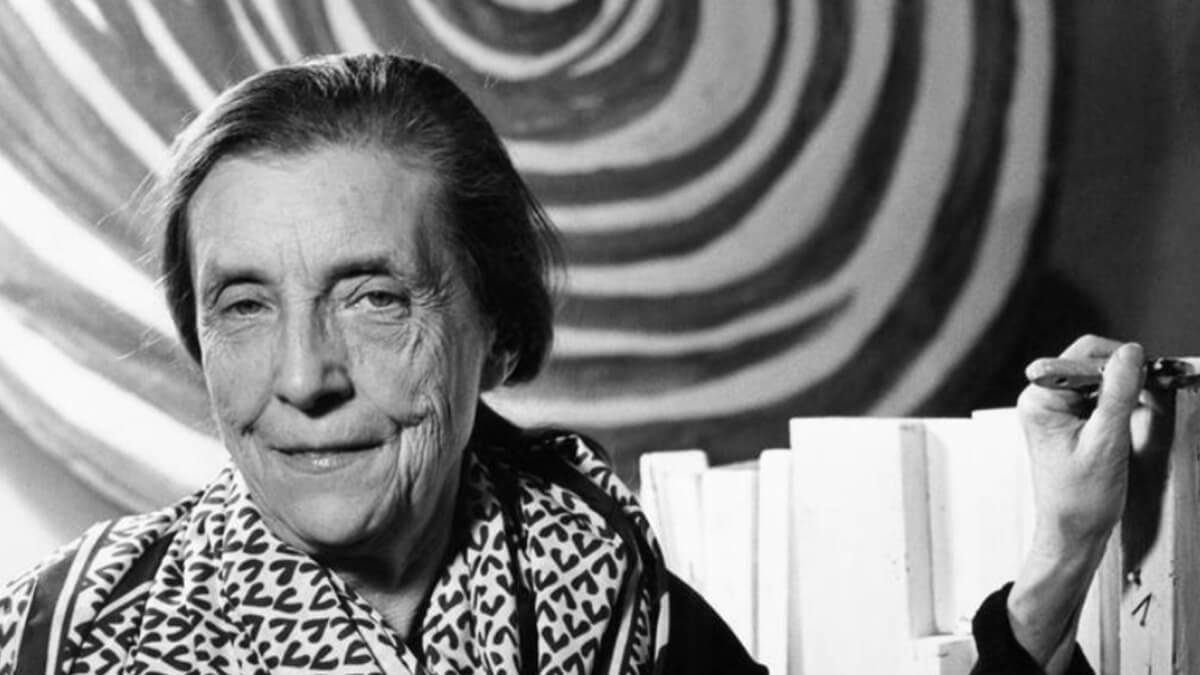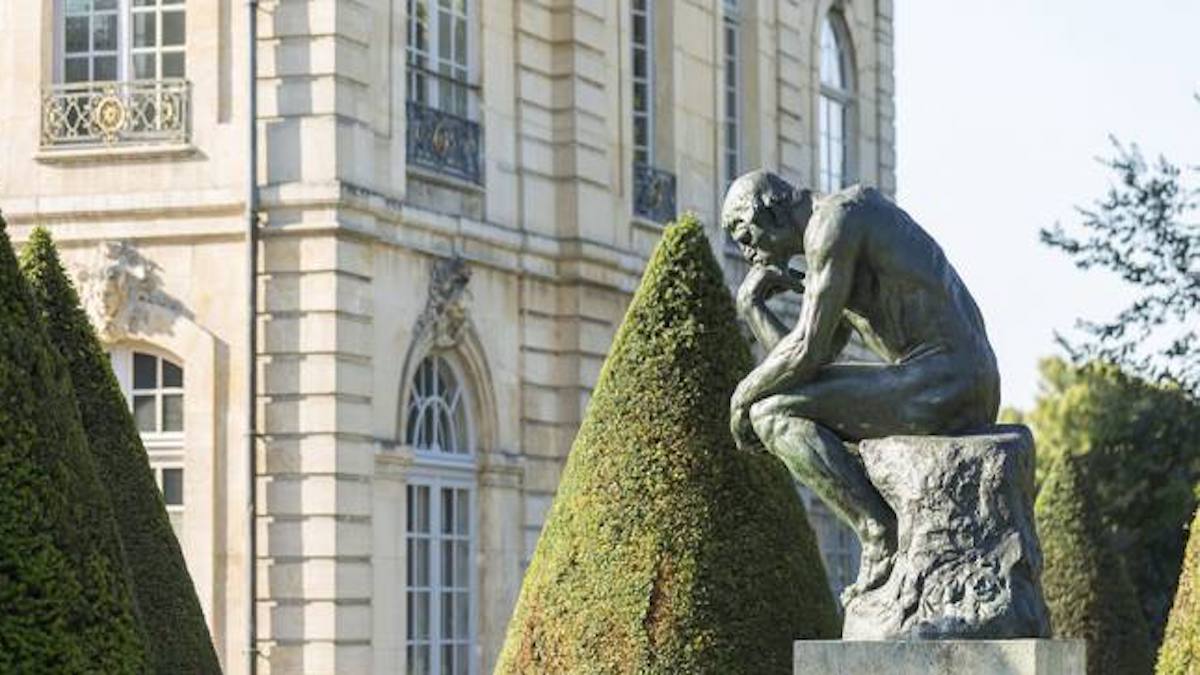
The Process of Creating a Bronze Sculpture

From Auguste Rodin to Louise Bourgeois, bronze sculpture has never ceased to transcend art. But what are the stages of creation of these enduring and timeless works? Today, Artsper invites you to discover the fascinating and ancient process of creating bronze sculptures!
Step 1: making the model a bronze sculpture
The first step in making a bronze sculpture is to create a model. This model can be in clay, plaster, clay or resin. The next step is to make a mold of this sculpture in two parts and cover it with elastomer, a rubber-like substance. Once the mold is finished, then comes the stamping stage. Using a brush, the molten modeling wax is spread inside the two parts of the mold.
Once the excess wax is removed, it is important to close the two parts of the mold together. They must be very well welded, since the following step is to fill the mold to the brim with liquid wax. After about 30 seconds, you have to empty all the excess wax and wait for it to cool down. Once dry, it is time to reopen the mold by separating the two parts again. The wax model – also called a proof – is finally made, with an ideal thickness of about 3 millimeters. It is often preferable to carry out a “wax check” with a few touch-ups with a scalpel.

Step 2: creating a network and making the pot mold
Then comes the creation of a supply and evacuation network on the wax model. It consists of a pouring funnel and a vent. Attached to the model, they allow the evacuation of the molten wax and air. The network also opens a passage adapted to the pouring of the liquid bronze. Finally, the model can be filled with refractory plaster to form its central core. In order to hold it in place, a few nails are then driven into the wax layer. The last phase of this process is the constitution of the pot mold. This is done by spraying, then spreading refractory plaster over the entire work. Once this step is complete, the mold looks like a large, uniform block of plaster. Only the ends of the evacuation network protrude.

Step 3: firing and casting of the bronze
The next part is the step-by-step firing, carried out by a foundry-man. It is usually done during two days and three nights, in a furnace that can reach 900 degrees Celsius. The process is as follows: the heat melts the wax, which becomes liquid again and gradually drains from the mold. The mold is then cooled, turned upside down and held in place with a sand-filled tray. It will finally be filled with bronze, whose melting temperature is around 1300 degrees Celsius.

Step 4: Chiseling, finishing, patina and the signing of the bronze sculpture
Once the molten metal has cooled, after several hours it becomes solid. Now is the time to break the mold, to finally discover the solid sculpture of bronze! It is still attached to its network, so that must be removed, as well as any remaining nails. Then comes the delicate stage called chasing, which consists of making the bronze sculpture identical to the first model. Once the polishing, sanding and finishing are done, we obtain a beautiful sculpture with bronze colors.
The next step is the patina, which protects the work from oxidation and gives it a certain color. Often done with a flashlight and a brush, the patina offers a wide choice of colors and renderings. Following its application, it will be necessary to wait for several days, even weeks, so that the patina dries completely. Then comes the final part: the part that makes the work unique. It is the inscription of the number of the casting, the stamp of the founder, the year of casting, and of course… the signature of the artist!

Bronze sculpture works to last a lifetime
With a creative process that is close to the work of an alchemist, bronze sculpture has seduced civilizations spanning the centuries. In spite of the sometimes very different creations, one approach remains constant in its realization: the search for an aesthetic ideal. And it is this dimension – transcending time and space – that gives each bronze sculpture a glimpse of eternity.

About Artsper
Founded in 2013, Artsper is an online marketplace for contemporary art. Partnering with 1,800 professional art galleries around the world, it makes discovering and acquiring art accessible to all.
Learn more













